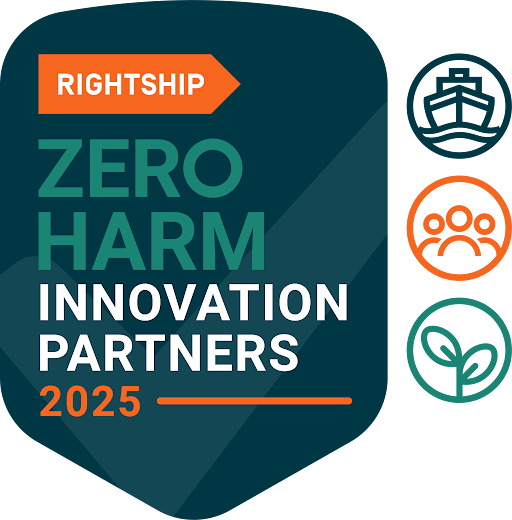Pilot Boarding Arrangements: The Critical Link in Ensuring Maritime Safety
The transfer of a marine pilot onto a vessel at sea is a delicate and potentially dangerous operation. The success of pilotage, where an expert mariner with intricate knowledge of local waters helps guide a vessel safely, hinges upon well-maintained equipment and seamless adherence to carefully formulated safety procedures. Even the slightest miscalculation or procedural oversight during pilot boarding can result in severe injuries or fatalities.
This is why specialized training on pilot boarding arrangements is essential for ship officers, marine personnel, and anyone involved in securing the safe, efficient transfer of pilots. Here, we'll examine why pilot boarding arrangements matter, the international regulations governing them, and how comprehensive training leads to safer ship operations.
Why Pilot Boarding Matters
In many ports and waterways worldwide, having a local pilot onboard is mandatory for larger vessels or ships transiting challenging areas. These pilots possess in-depth knowledge of harbors, channels, currents, traffic patterns, and potential hazards that even the most experienced captains might not have. Their guidance contributes significantly to:
Reduced risk of accidents: Grounding, collisions, and other navigation accidents pose a severe threat in unfamiliar waters. A pilot's expertise helps mitigate these risks.
Environmental protection: Local knowledge translates into reduced chances of environmentally damaging events like running aground in an ecologically sensitive area.
Improved efficiency: With a pilot's knowledge, ships can navigate quicker and with greater certainty, maximizing operational efficiency.
The Regulations: SOLAS and IMO Guidelines
Pilot boarding safety is not left to chance. The International Maritime Organisation (IMO) has specific regulations regarding safe pilot transfer within the International Convention for the Safety of Life at Sea (SOLAS) Chapter V. These regulations cover detailed specifications for various elements including:
Construction and Certification of Pilot Ladders: Ladder materials, step design, spreaders, and their secure attachments receive substantial attention to ensure both strength and ease of use for pilots of varying heights and builds.
Access to Ship's Side: Proper pilot doors, accommodation ladders, and other means of getting on and off the vessel are vital elements.
Equipment and Setup: Ropes, securing mechanisms, safety platforms, and lighting requirements are defined.
Personnel Responsibilities: The clear delegation of tasks to individuals on board the ship plays a major role in maintaining safety throughout these operations.
The Importance of Comprehensive Training
While the regulations set the standard, training brings these elements to life. By investing in a high-quality Pilot Boarding Arrangements training course, maritime professionals gain:
Thorough understanding of regulations: Deep comprehension of the reasoning behind every rule and specification promotes long-term adherence.
Practical skills and knowledge: Rigging ladders, managing combination arrangements, ensuring safety equipment is deployed correctly – these real-world skills solidify through guided practice.
Emergency preparedness: Knowing how to react in unusual boarding situations like equipment failure or injury can quite literally be lifesaving.
Heightened safety awareness: Training creates a culture on board where all crew understand their role in prioritizing safety throughout pilotage operations.
Our Pilot Boarding Arrangements Training Course
Reduce pilotage risks, boost your professional credentials, and enhance your understanding of IMO regulations for pilot boarding arrangements. Master safe operation procedures and emergency responses through our expert-led training.
Here are some key benefits of our Pilot Boarding Arrangements course:
Expert Instructors: Learn from maritime professionals with real-world pilotage experience.
Interactive Learning: Engage with simulations, scenario-based exercises, and practical learning modules.
In-depth Curriculum: Explore equipment specs, best practices, emergency procedures, and more.
Recognized Certification: Enhance your professional credentials upon course completion.
Take Action for Maritime Safety: Enroll Today
If you're committed to upholding the highest standards of safety for pilot boarding on your vessel or within your organization, take a proactive step – enroll in our Pilot Boarding Arrangements training course!
Let's make navigating maritime safety challenges a collaborative and informed effort.





